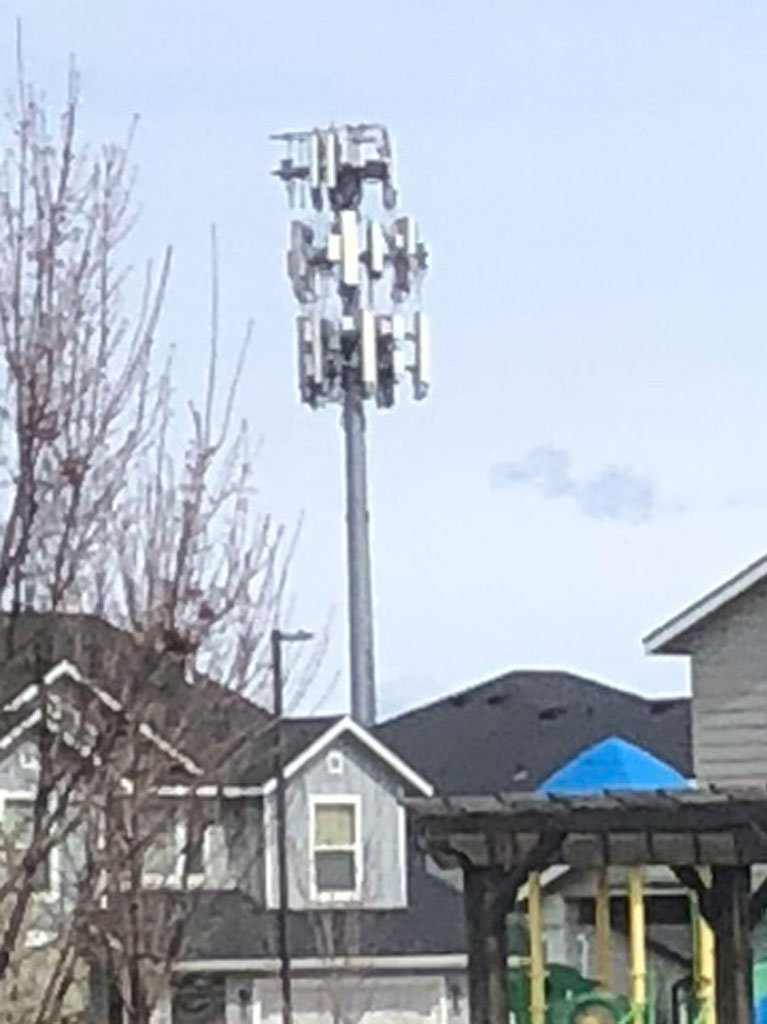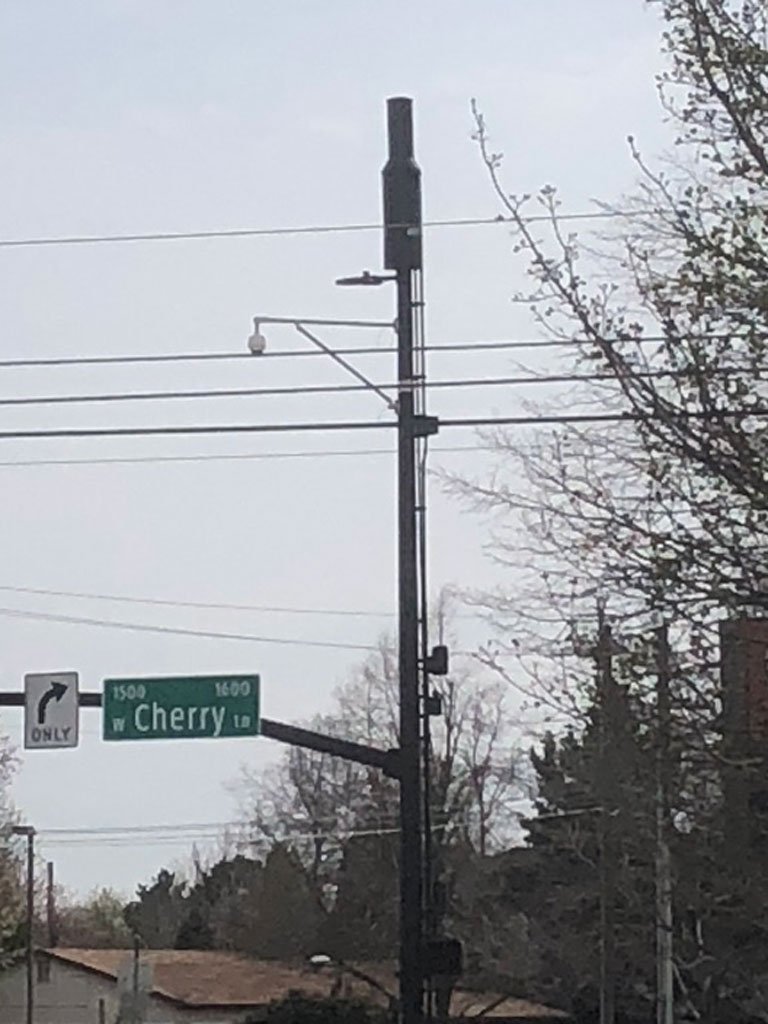Why Idaho Cities & Counties Must Act Before July 1, 2025 to Protect Local Control Over Wireless Infrastructure
US State District Court Rulings for Idaho and New Idaho Law H-180 Make Wireless Code Updates Urgent
If your city or county has not yet updated its wireless zoning code, these recent legal developments should serve as a wake-up call. Three federal court rulings in Idaho—plus the passage of House Bill 180—make one thing clear: local governments must adopt strong, legally defensible ordinances before July 1, 2025, or risk losing control altogether.
1. Intermax Towers v. Ada County (April 14, 2025)
A federal judge ruled that Ada County illegally denied a permit for a 100-foot cell tower.
Key Finding: “Because the Ada County Code did not require Intermax to show the proposed facility resolves a significant coverage gap, local law did not authorize the Board’s decision in this regard, and that decision necessarily fails the Substantial Evidence Test. (Page 22)
Why it matters: The County’s outdated zoning code left them defenseless. The court ordered the County to immediately approve the tower.
Full ruling: Read the court's decision (PDF)
2. AT&T v. Kootenai County (February 20, 2025)
AT&T sued after being denied a tower in Coeur d’Alene. The court acknowledged public opposition but still found the denial illegal.
Key Finding: “Based on this evidence, AT&T has shown the existence of a gap that is more than a mere “dead spot.” and “Because the County has submitted no evidence refuting or contradicting AT&T’s evidence showing the existence of a significant gap in coverage,summary judgment in favor of AT&T on this issue is appropriate.” (Page 24)
Why it matters: Even if a denial is popular locally, it must be based on legally sound zoning criteria that requires prohibitive evidence on all wireless applications. Otherwise, it's preempted by federal law.
Full ruling: Read the court's decision (PDF)
3. Horizon Tower v. Ada County (2019)
Horizon sued Ada County after being denied a permit. The County settled and agreed to allow the tower with no damages or attorney’s fees awarded.
Key Finding: “Horizon has exceeded the least intrusive means to fill the gap in coverage.” (Page 3)
Why it matters: Ada County’s lack of a modern ordinance left it vulnerable to legal defeat. This case was quietly settled but remains a warning.
Consent judgment: View the consent order and judgment (PDF)
4. House Bill 180 – Effective July 1, 2025
This newly passed state law requires cities and counties to approve or deny wireless applications within strict deadlines, or the application is automatically approved.
Key Provision: “If the city, county... fails to act within the time limit... the application shall be deemed approved.” (Section 2)
Why it matters: After July 1, failing to act quickly—and failing to have a well-written ordinance—means you lose all local control.
Full text: Read the full bill text (PDF)
Bottom Line
Cities and counties must act now.
If you wait until a telecom company applies—or worse, until July 1—you may find your hands tied, your residents outraged, and your legal options gone.
The Dalton Gardens model ordinance, written by national wireless attorney Andrew Campanelli and Idaho land-use expert Norm Semanko, is specifically designed to:
Comply with federal law
Respect local authority
Protect public health, property values, and aesthetics
If your local government is serious about protecting its citizens, the time to act is now.
Need help? Contact us at: idahoforsafetech@gmail.com
For further insights, watch the three videos from attorney Andrew Campanelli at the bottom of this page. In these videos, he explains how local governments can lawfully regulate the placement of cell towers and small cells to maintain control over their communities.
On April 3, 2025, the Idaho Legislature passed House Bill H-180, which significantly limits local authority over wireless “Cell Tower” infrastructure. Beginning July 1, 2025, cities and counties will be forced to automatically approve wireless applications that meet current zoning, even if those applications negatively impact neighborhoods. The bill also imposes strict 30- and 60-day shot clock deadlines, removing the ability of planning departments to adequately review and respond to wireless proposals.
To protect our communities, Idaho cities and counties must urgently adopt updated wireless ordinances that provide clear standards, require proof of necessity, and establish public safeguards—before H-180 goes into effect.
That’s why it’s urgent for every Idaho city and county to adopt a modern, legally sound wireless ordinance before the July 1 deadline.
One proven example is the Dalton Gardens Wireless Ordinance, crafted with the help of Idaho land-use attorney Norman Semanko and nationally recognized wireless attorney Andrew Campanelli.
Key Reasons to Adopt a Wireless Ordinance Similar to Dalton Gardens:
Preserves Local Control
H-180 strips cities and counties of their ability to delay or deny wireless applications—even when residents object. A strong, up-to-date ordinance ensures your community retains meaningful input and oversight.Stronger Small Cell Safeguards
Prevents unnecessary antenna installations in residential areas and limits the over-saturation of small cell infrastructure on light poles and public rights-of-way.Requires Proof of Necessity
Wireless providers must demonstrate actual coverage gaps—not just projected growth—before new towers or antennas are approved.Encourages "Fiber First" Approach
Prioritizes wired broadband (fiber optic cable) as a faster, safer, and more reliable alternative before approving wireless installations.Improves Aesthetic & Safety Standards
Ensures wireless infrastructure fits the look and feel of the community while following strict safety and environmental regulations.Legally Defensible
Dalton Gardens invested in top federal and Idaho legal experts to ensure their ordinance can withstand industry challenges and comply with all laws.Protects Public Health & Safety
A growing body of scientific research and personal testimony links high-powered RF radiation to health issues. (See: “Cell Towers in Eagle Idaho Suspect in AFib Injuries to Local Residents”)Prevents Misuse of Public Fiber Infrastructure
Safeguards hardwired municipal fiber from being leased or sold to wireless providers who may use it to deploy small cell antennas in ways not originally intended.
Action Steps
Schedule a Zoom meeting with city and county leaders (planning & zoning, city council, mayor, commissioners) and attorney Andrew Campanelli for Q&A.
Timeframe: 7 days +/- (Needs to happen this week)
Cost: $0Have Mr. Campanelli draft a custom wireless ordinance for our city or county, modeled after Dalton Gardens.
Timeframe: 30 days +/-
Cost: $9,000 +/-Mr. Campanelli will coordinate with local Idaho land use attorney Norm Semanko as needed.
Cost: $1,000 +/-Mr Campanelli to present the draft ordnance at the next City Council or County Commissioner meeting for review and adoption.
This process must be completed before July 1, 2025, or Idaho municipalities risk permanently losing local authority over wireless infrastructure.
Reference Links
Ada County Wireless Code (Section 8-5-3-31)
Contact Information for Wireless Zoning Legal Support
Federal Wireless Attorney:
Andrew Campanelli
Campanelli & Associates, PLLC
Schedule a Zoom meeting with his assistant Caroline
📞 Phone: (516) 746-1600
✉️ Email: ajc@campanellipc.com
🌐 campanellipc.com
Idaho Land Use Attorney:
Norm Semanko
Parsons Behle & Latimer
🌐 parsonsbehle.com
Idahoans For Safe Technology:

